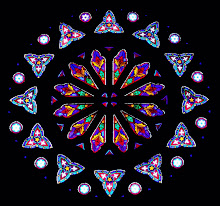
Two key aspects of musical organization, harmony and meter, may be viewed as interdependent elements in styles ranging from Medieval to Impressionism and beyond. Simply by listening to music, we sense that the right chords always fall in the right places. Think of ‘And the Glory of the Lord’ from Händel’s ‘Messiah’ for a familiar and powerful example.
In a discussion on this topic in their book, ‘Studies in Music Theory’, ACP, 1991, James Harrison, Louis Martin and Myron Fink state that ‘changes in harmony may produce the accentuation and differentiation needed to create metrical patterns.’ The harmonic scheme in G minor above is given as an illustration of how harmonic motion coincides with meter. H, M & F propose that ‘only one of the three metrical interpretations synchronizes with the harmony. In triple meter [Ex. b], chord changes always occur between the upbeat and downbeat: the sense of motion from V to I therefore reinforces the metrical accent. This type of organization, where harmonic changes have metrical prominence, is common in all styles.’ Included are two additional harmonic schemes, one in E major, the other in G minor, for which the proper meter is to be determined.
Harmony and meter are like color and time, respectively. Every masterpiece has its own balance of the two. For further investigation: can the interaction of harmony and meter be a basis for determining a composer’s style?
Example reproduced with permission of the authors.

No comments:
Post a Comment